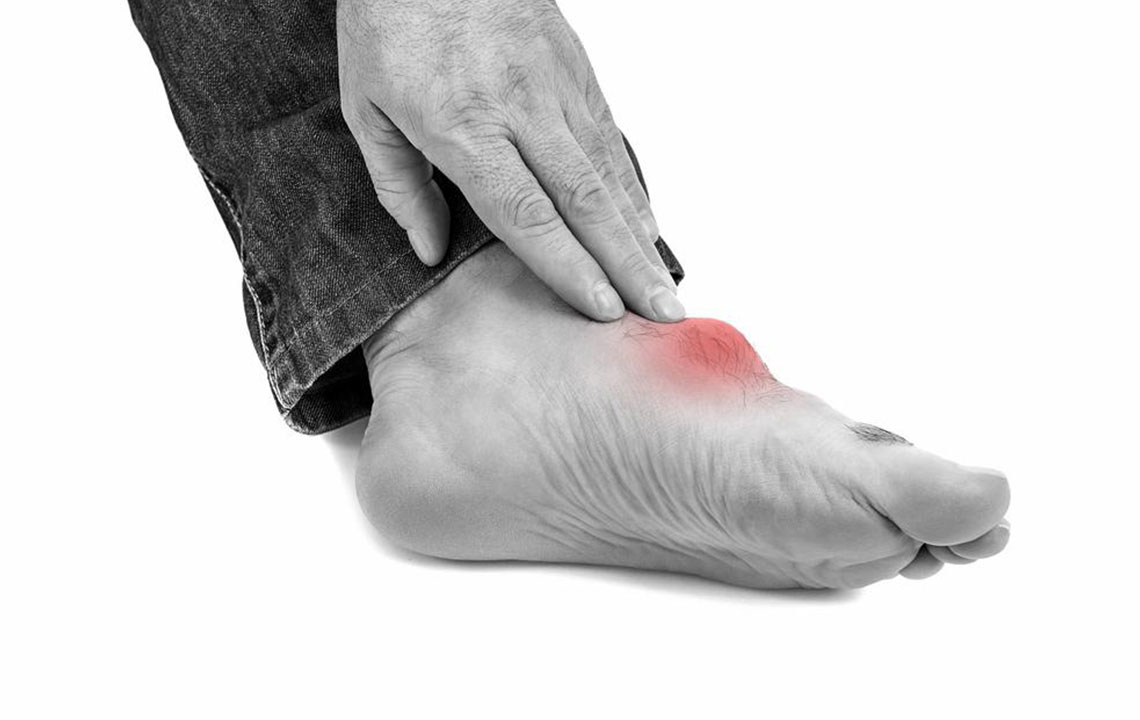Effective Approaches to Managing Gout and Diabetes
Discover effective strategies to manage gout and diabetes together, including lifestyle modifications, dietary advice, and medical treatments. Learn how controlling uric acid levels and blood sugar can improve overall health and prevent complications, especially in women. Implementing these approaches can lead to better quality of life and reduced disease risk.

Gout, a form of arthritis, arises from high levels of uric acid in the bloodstream. People with type 2 diabetes are more prone to developing gout, and vice versa. Gout is characterized by sudden joint swelling and intense pain, often in the big toe initially. Uric acid, a waste product from purine digestion, typically dissolves in blood and is eliminated via urine. When excess uric acid is produced or the kidneys are unable to remove it efficiently, crystals form and deposit in joints, leading to gout.
The Link Between Gout and Type 2 Diabetes
Elevated uric acid levels, known as hyperuricemia, are common in gout sufferers. Research shows that individuals with type 2 diabetes are at increased risk of hyperuricemia, and those with high uric acid or gout are more likely to develop diabetes. Insulin resistance, where blood sugar remains high due to cells not absorbing insulin effectively, plays a key role in type 2 diabetes. This resistance also promotes gout, and high uric acid levels can make insulin resistance worse.
As noted in the 2014 study published in the Annals of Rheumatic Diseases, gout and diabetes are especially linked in women. Women with gout tend to have a higher chance of developing diabetes, highlighting the importance of managing both conditions efficiently.
Strategies for Managing Gout and Diabetes
Keeping uric acid levels at or below 6 mg/dL is vital for those with diabetes to minimize gout risk. Doctors may perform blood or urine tests to assess uric acid and recommend treatments to lower its production or improve its excretion. Gout medications include xanthine oxidase inhibitors, which reduce uric acid synthesis, and uricosuric drugs that increase kidney elimination of uric acid. Anti-inflammatory treatments can help relieve joint pain and swelling, with cold packs and rest during flare-ups being beneficial. NSAIDs are frequently used for pain management.
Dietary adjustments are essential: avoid purine-rich foods such as shellfish and certain dairy products, limit alcohol consumption, and drink plenty of water—at least eight glasses daily. Regular exercise helps maintain blood sugar levels, while managing other health issues like kidney health and hypertension can prevent uric acid buildup.


